Examples showing how Products become media and a service
Marketers love new tech and new trends, sometimes they don’t get them quite right at first, or sometimes they nail them (e.g. Buzzfeed on Snapchat). One of the biggest technology trends right now is the Internet of Things, which promises to bring the connectivity of the Internet into every facet of our lives. Making our devices and homes smarter and more efficient. The internet of things promises to be a revolution on par with the original connectivity revolution that the internet has unleashed over the past twenty years.
There are expected to be 75 billion connected devices by 2020, meaning there will be ten times as many devices able to talk to one another as there will be people on the planet! The implications are huge and far ranging. All this sharing of data will transform the way we live our lives. Yet to date it has been unclear how the Internet of Things will affect marketers. This is something which marketers will have to get to grips with as the Internet of Things expands and becomes ever more relevant.
It is easy to talk about the potential of the Internet of Things in future. One day it will be possible for your light bulb to tell the manufacturer when it has broken, who can then automatically send the person who purchased it a coupon for a new light bulb. That day isn’t far off, but it is still a few years away. We want to give you examples of how the Internet of things can be used for marketing right now.
Products as Media
With the Internet of Things, products are smart, and thus can be used to market themselves in a way that was previously unthinkable. A bottle of Prosecco could have a chip that links to your Smartphone via Bluetooth that if you allow it to could post to your social media accounts when it’s opened telling your friends that you are enjoying a drink and whereabouts you are when you are enjoying it. Just look how many people do that already and you’ll quickly see there is demand for such a product! The Product thus becomes a media device that is able to market itself digitally.
FitBit
A real world example of this that already exists is FitBit. The product allows the user to post the stats that the FitBit gathers from a run to their social media, essentially advertising the main benefit of the product to their friends. This massively increases the reach of the product on social media and acts as a form of social proof. Users can see their friends are using the product and are enjoying doing so, and so will be encouraged to purchase.
Diageo
Products can get a lot more personal when the Internet of Things makes them smart. Diageo whisky decided to position itself as the drink to celebrate fatherhood by connecting 100,000 bottles to the internet so they could be used to send a personalised, one-to-one digital video message to fathers. The givers (of the Whisky) were able to personalise the message with their own content. By doing so it calls upon the giver to create what is, in effect, the advertising message to augment the product, making this an example of participative (and, at scale, crowdsourced) creative.
The results were fantastic. Diageo saw a 72% sales uplift on the lead up the father’s day, and the cost of the campaign was repaid five times over. It also helps portray the brand as innovative and positioned whiskey as the perfect fathers day gift in a way that will pay off for years to come. The campaign also won the International Advertising Associations top award.
You can read more about the Diageo case study on their Marketing Agencies site
Amazon – Tide
Connected products don’t just have to be tools for marketing; they can also be used for sales! Products that order more of themselves are somewhat of a holy grail for B2C brands, and that is just what tide has achieved in cooperation with amazon. Amazon’s dash buttons connect to your home wi-fi and link to the Amazon app. They can be pressed whenever you are running low on a given product- i.e Tide detergent, and the product the button corresponds to will turn up on your door in a couple of days. Talk about a customer loyalty program! This way your customers aren’t in a supermarket looking at 100 different brands of detergent which do similar things and make similar promises, instead they're in their house looking at the almost empty bottle of detergent and thinking they could do with a bit more, so they just press the button and they're done. It also makes the purchase process so frictionless that it literally is at the touch of a button.
Product as a service
The Internet of Things also means that products can include features that would previously be impossible, and these can be highly attractive selling points that differentiate you from other brands.
Big Ass fans
Worth mentioning purely for their fantastic name, Big Ass fans have created what they call ‘the worlds first Smart Celling fan’. The fan has speed, light and temperate sensors, and can be controlled by a Smartphone app and learn you comfort preferences, tailoring fan speed accordingly. This sets it apart from other ceiling fans on the market and thus is a great USP.
Tesla Motors
Tesla is known for their ground breaking electric car technology. But they also are pushing the boundaries of connecting devices. They updated all their car’s software remotely so improve performance without any inconvenience whatsoever to the consumer. Updates to physical products that happen in a similar way to the kind of updates we are now used to with the software we use will increasingly become standard and expected.
Gooee
Gooee are a lighting provider who aims to turn lighting into a service. Their connected light bulbs can provide predictive and pre-emptive maintenance, warranty and proof of performance, energy savings, smoke detection, data analytics and even light! These put them considerably ahead of the competition, and thus are a prime example of using the product to provide a service via connectivity which couldn’t have been possible without it.
Eco-system connect products
Uber – Spotify
Uber and Spotify have linked their services so that customers can connect their Spotify account to their Uber app, and then when taking a ride in an Uber you can use the Uber App to play music through the car’s speakers via your Spotify account. This is two Apps talking to one another, and then talking to a car! There could hardly be a better example of the Internet of Things. It improves the customer experience and helps retain customers by getting them locked into their product ecosystem.
Conclusion
The internet of things presents a fantastic opportunity for marketers. Products that market themselves, order themselves and integrate into an ecosystem that will increase customer retention. 10 years ago marketers could only dream of such things, now they are a reality. These trends have to be seized by marketers, as those that do will see fantastic growth, whilst those that don’t will rapidly fall behind.
source http://www.smartinsights.com/managing-digital-marketing/marketing-innovation/7-examples-applications-internet-things-now/
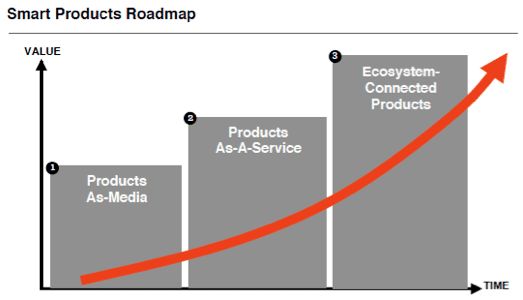
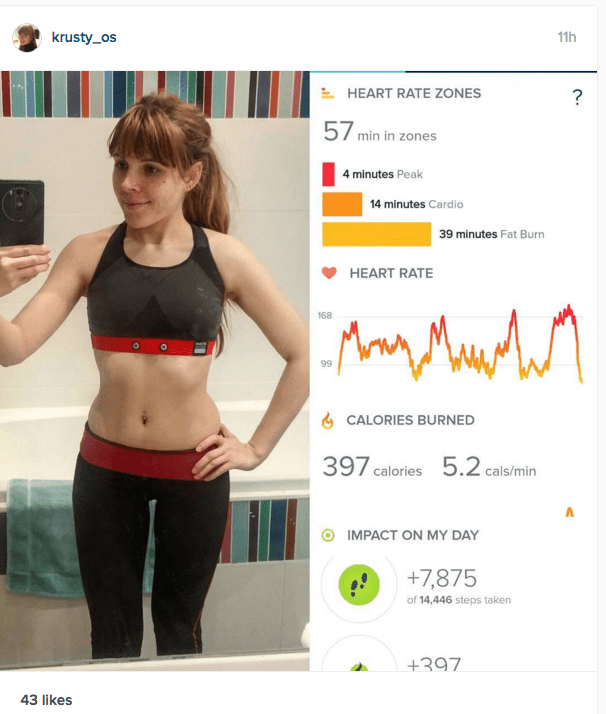
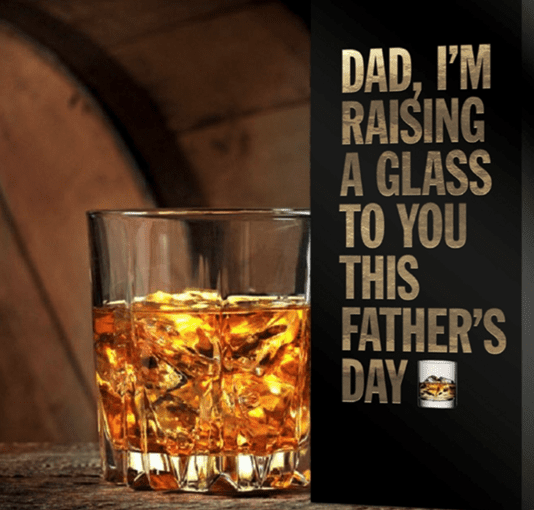
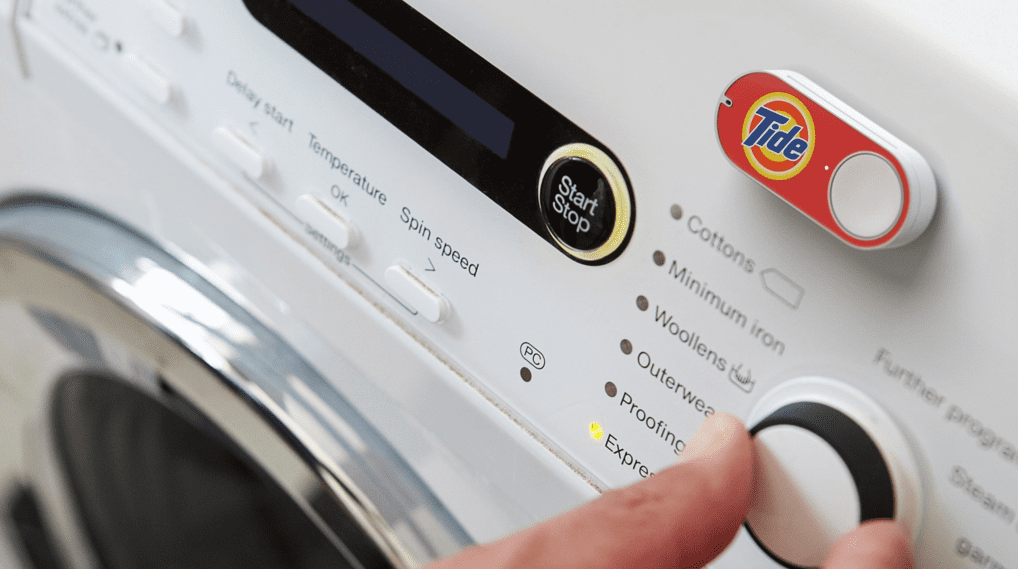
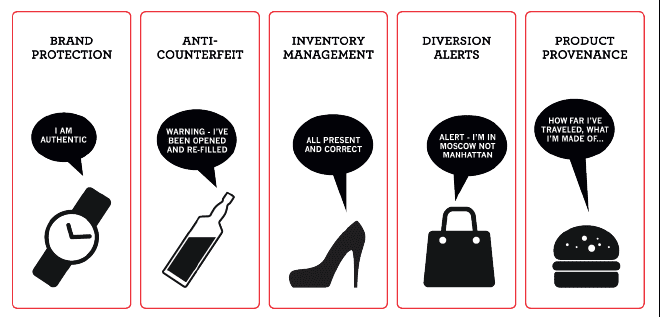
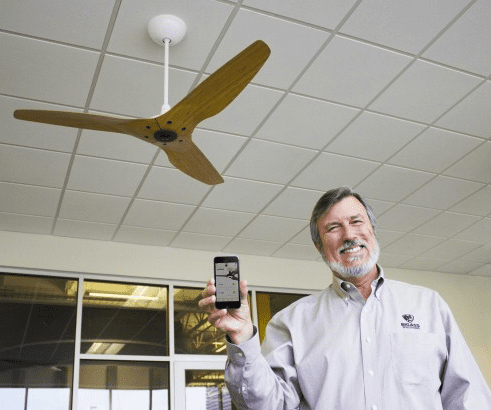
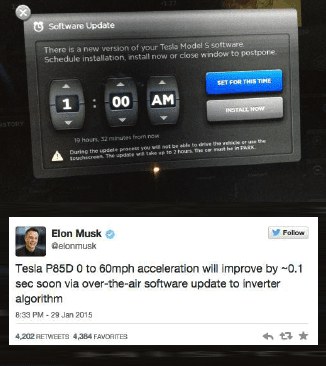
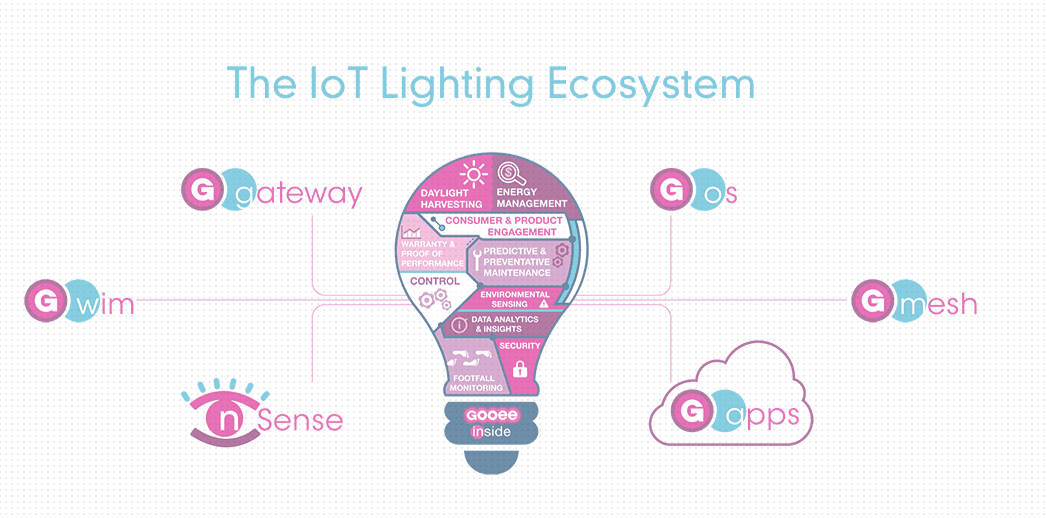
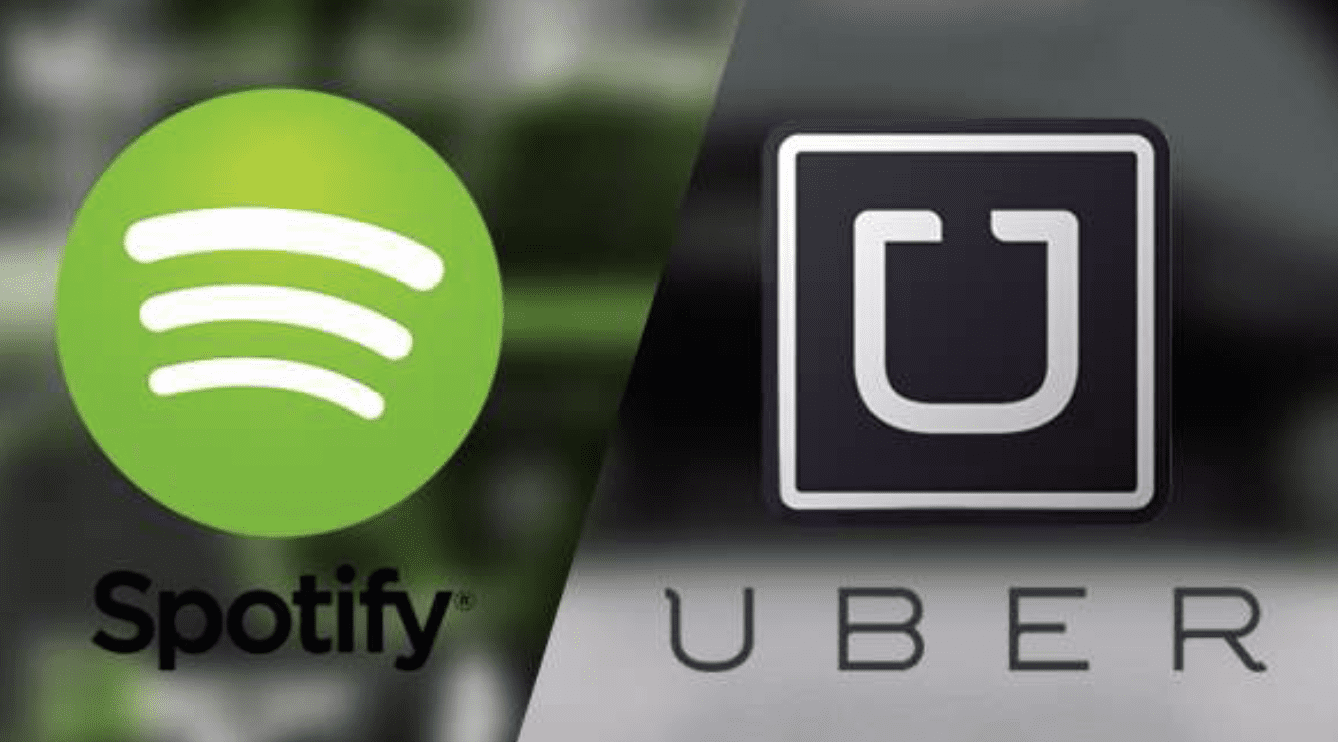
No comments:
Post a Comment